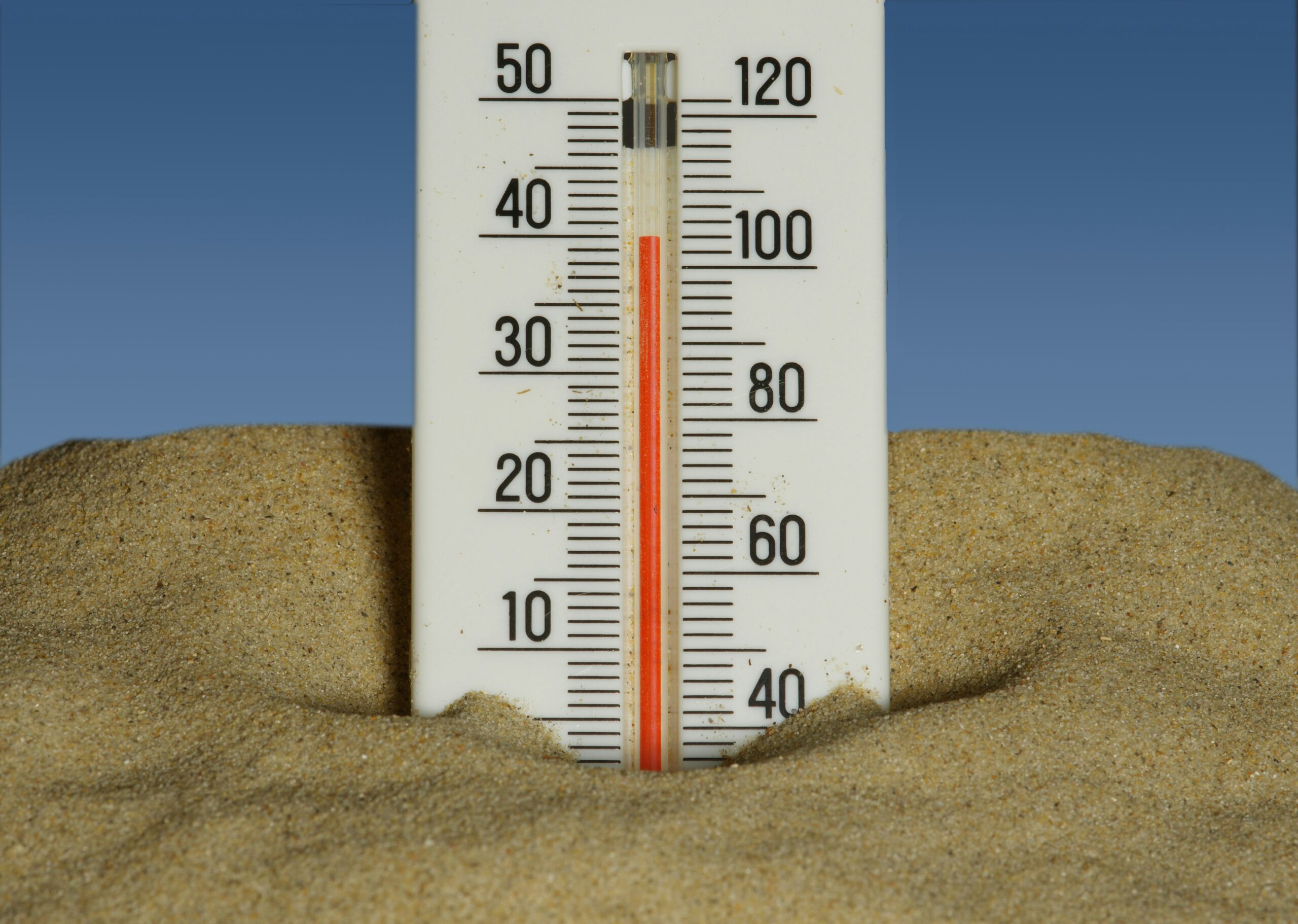
As Southern California continues to experience hotter summers and longer heatwaves, heat illness prevention in the workplace has become a top priority for employers.
Both indoor and outdoor workers face significant risks when temperatures rise, and it’s not just about comfort. It’s about safety, productivity, and compliance with state and federal regulations.
Employers who fail to address heat risks may face legal penalties, increased workers’ compensation claims, and, most importantly, the health consequences for their employees.
At Health Science Associates (HSA), we work with businesses to create and implement effective heat illness prevention plans (HIPP) that protect employees while helping organizations stay compliant with Cal/OSHA and OSHA standards.
If your business has employees working in hot conditions, now is the time to revisit your prevention strategies.
Why Heat Illness Prevention Matters
Heat stress occurs when the body cannot properly cool itself, leading to a range of conditions including heat cramps, heat exhaustion, and, in severe cases, heat stroke. According to the National Weather Service, extreme heat kills more people annually in the U.S. than hurricanes, floods, and tornadoes combined.
For workers, this danger is especially high in industries such as:
- Construction
- Agriculture
- Warehousing
- Landscaping
- Manufacturing
- Food service
Indoor environments without proper ventilation, like commercial kitchens or factories, can be just as hazardous as outdoor work sites. Employers must take proactive measures to ensure employees are safe and trained to recognize the warning signs.
Employer Responsibilities Under Cal/OSHA
California has some of the most comprehensive heat illness prevention regulations in the country. According to Cal/OSHA, employers must establish, implement, and maintain a written Heat Illness Prevention Plan for both indoor and outdoor workers when conditions pose risks.
Key requirements include:
- Access to Water: Fresh, pure, and suitably cool drinking water must be readily available at all times.
- Access to Shade: Employers must provide shade when temperatures exceed 80°F, with enough space for all employees on rest breaks.
- Cool-Down Rest Periods: Workers must be allowed preventative cool-down breaks when needed to avoid overheating.
- Training: Employees and supervisors must be trained on prevention, recognition of symptoms, and emergency procedures.
- Emergency Response: Employers must have clear procedures to respond quickly if a worker shows signs of heat illness.
Failure to meet these requirements can lead to Cal/OSHA citations and fines, but more importantly, it can put workers’ lives at risk.
OSHA’s National Emphasis on Heat Safety
While California leads the way with state-specific regulations, OSHA has also prioritized heat safety nationwide. The agency provides guidance on employer responsibilities, hazard recognition, and prevention practices.
Even in states without specific heat regulations, employers are required under OSHA’s General Duty Clause to provide a workplace free from recognized hazards, including extreme heat.
This means that no matter where your workplace is located, you are expected to take steps to protect workers during high heat conditions.
Practical Steps for Employers
Developing a heat illness prevention plan doesn’t need to be complicated, but it does need to be comprehensive.
Here are some best practices every employer should consider:
- Create a Written Plan: Include site-specific procedures for water, shade, rest, training, and emergency response.
- Acclimatization Programs: Allow new or returning employees time to gradually adapt to hot conditions.
- Buddy Systems: Encourage workers to monitor one another for early signs of heat stress.
- Work/Rest Schedules: Adjust schedules to reduce physical exertion during the hottest parts of the day.
- Engineering Controls: Improve airflow, ventilation, and cooling in indoor environments.
- Recordkeeping & Accountability: Document training, rest breaks, and emergency drills.
A well-designed plan ensures that employees know exactly what to do before conditions become dangerous.
How Health Science Associates Can Help
At HSA, we partner with employers across Southern California to design, implement, and maintain compliant heat illness prevention plans.
Our team can:
- Evaluate your current workplace conditions and identify risks.
- Develop a written HIPP tailored to your operations.
- Provide employee and supervisor training on prevention and response.
- Assist with acclimatization strategies and monitoring procedures.
- Support compliance during Cal/OSHA inspections.
By taking a proactive approach, you not only reduce risk but also create a safer, healthier, and more productive workplace culture.
Final Thoughts
Heat illness prevention is not just a seasonal issue, it’s a year-round responsibility. With climate trends showing hotter summers and prolonged heatwaves, employers must adapt their workplace safety plans accordingly.
Establishing a compliant and effective Heat Illness Prevention Plan not only ensures regulatory compliance but, more importantly, protects your most valuable asset; your people.
If you’re ready to strengthen your workplace safety program, contact Health Science Associates today. Our experts are here to help you develop and implement a plan that meets all Cal/OSHA and OSHA requirements, while keeping your employees safe in the heat.
